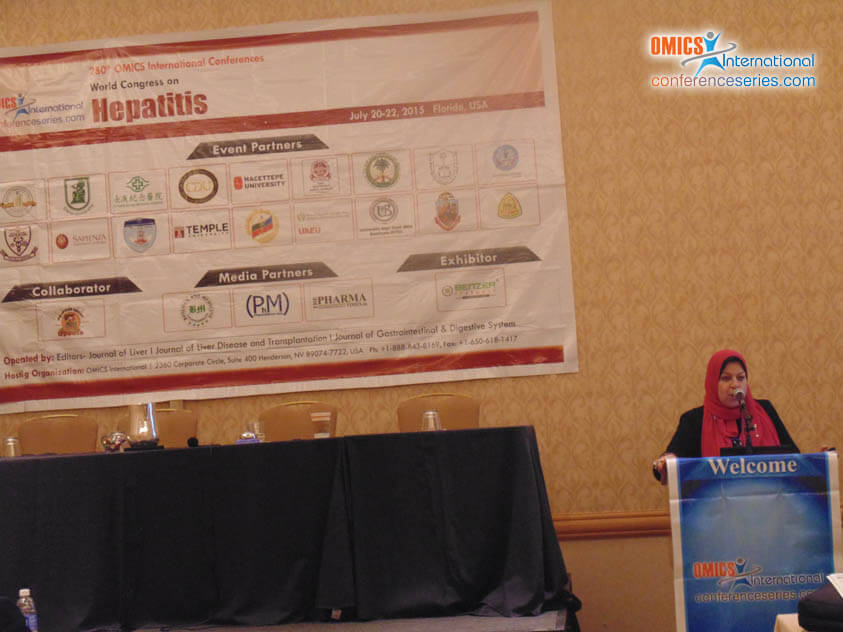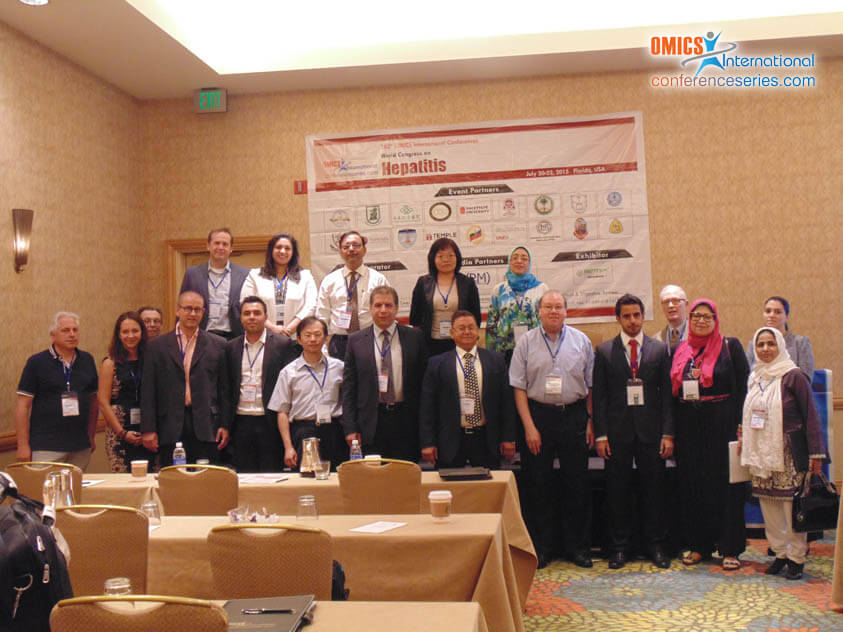
Dr. Fatma A Amer
Zagazig University, Egypt
Title: Hepatitis C virus burden in Egypt and efforts to combat
Biography
Biography: Dr. Fatma A Amer
Abstract
Egypt records the highest prevalence of HCV in the world; 14.7%. Explanations may be dated back to iatrogenic role of parenteral antischistosomal therapy campaigns. Other routes of infection are contributing to the ongoing HCV transmission. The prevalent genotype in Egypt is type 4. Risk factors for acquiring HCV infection include: History of antischistosomal injection treatment before 1986, old age, male gender, and residence in rural areas. Other risk factors include; injection therapy, blood transfusion prior to 1994, exposure to various facility-based medical procedures, and occupational transmission. In community settings, a set of risk factors mostly related to prevailing social and cultural conditions are responsible for maintaining the high rates of HCV transmission. Recent studies in Egypt documented that transmission might occur during family contact and sexual behavior. Chronic HCV is the main cause of liver cirrhosis and liver cancer in Egypt and indeed is one of the top five leading causes of death. Current HCV seroprevalence among children is also high, approximately 5-8%. Interest has emerged recently in Egypt in occult HCV infection. Many small scale studies have been performed which have highlighted the importance of this disease entity. Egyptian strategies to combat HCV are directed towards both prophylaxis and treatment. In the last 20 years several measures were applied to control HCV together with HBV. In 2006, the National Committee for Control of Viral Hepatitis (NCCVH) was formulated and in 2008 the Egyptian National Control Strategy for Viral Hepatitis was developed for aims of: Accurate determination of incidence and prevalence rates, reducing occurrence of infection by 20% by 2012 and conducting high quality research. In 2014, sofosbuvir was introduced in Egypt to be given with the standard care of therapy of HCV. Such combination will raise sustained virologic response to nearly 90%. To solve the problem of the very high cost of sofosbuvir, the Egyptian Government could make a deal with the manufacturer to have it at 1% of its price in USA. By applying all these measures we hope to reduce HCV infection down to 2% by year 2030.



